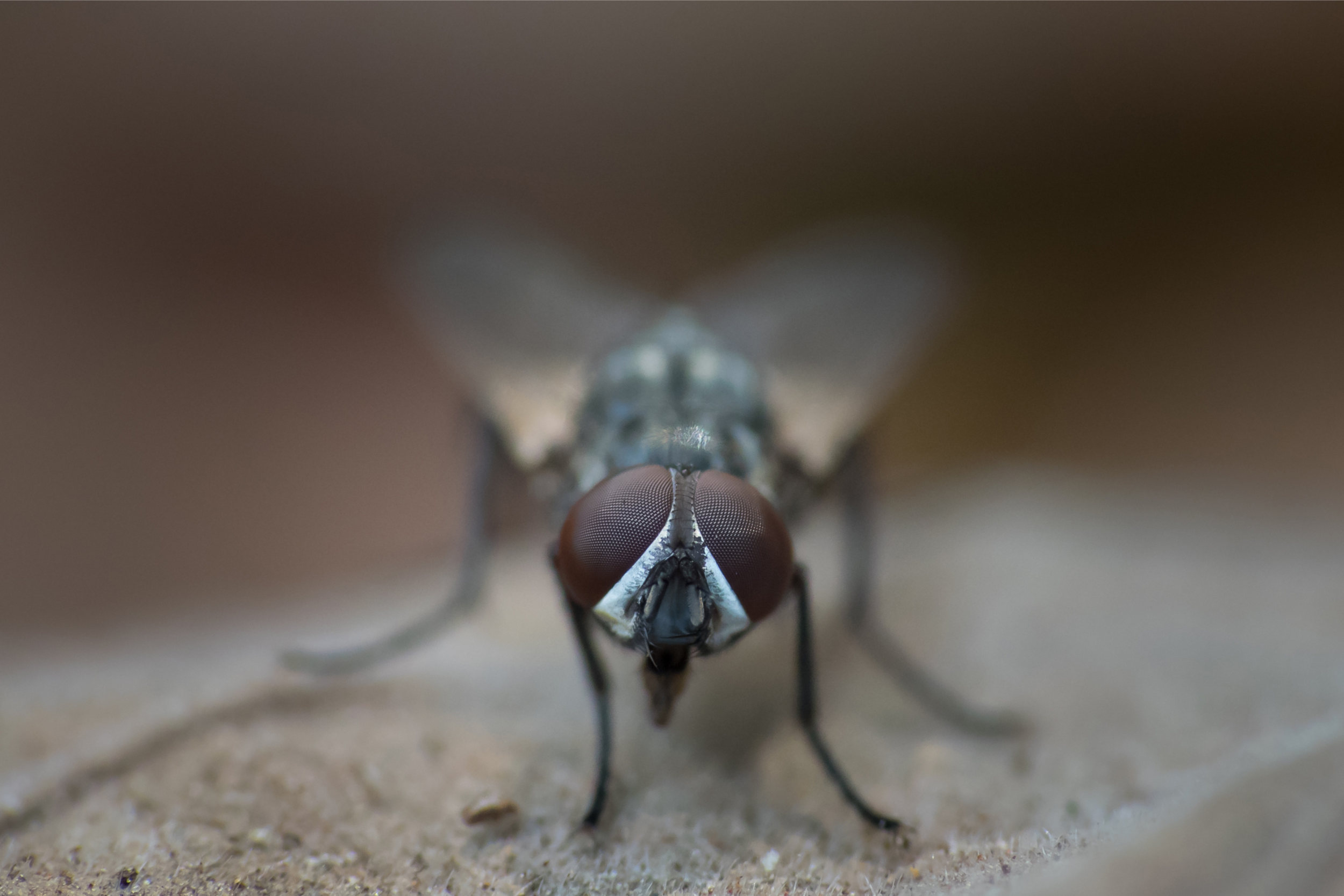North America and Canada keep preparing for ASF

It was disheartening for the US, Canadian and Mexican pork industries to learn in 2021 that African Swine Fever (ASF) was confirmed in the Dominican Republic. The virus was also found in Haiti last year.
It was the first detection of the disease in the Americas in about 40 years, according to the US National Pork Producers Council.
The positive tests came from 2 geographically separated farms in the Dominican Republic. It is still not known how the virus entered the country.
The US and Canada continue to prepare for the day when this disease may arrive in mainland North America.
Training for ASF arrival
The Montana Department of Livestock (MDOL) recently completed a training exercise that involved a simulated detection of ASF in a Montana swine herd.
The 4-day event was conducted in partnership with the National Pork Board and the Montana Pork Producers Association. There were also participants from Montana State University Extension, Montana Disaster and Emergency Services and the American Association of Swine Veterinarians.
Beyond traditional control
The MDOL notes that traditional methods of disease control such as quarantine, vaccination and early marketing are insufficient to control ASF. Large numbers of animals may need to be disposed of after being humanely euthanised to prevent spread.
“Rapidly stamping out infections of ASF remains our most potent weapon,” said Michael Honeycutt, executive officer of MDOL. “To mitigate the impacts to the nation, it is critical to rapidly detect any introduction of ASF into the US and effectively contain the disease.”
Novel depopulation techniques
The exercise allowed participants to observe novel depopulation techniques. The established methods of euthanasia, such as anesthetic overdose, gunshot or captive bolt, are difficult to use for large numbers of animals.
Once animals are euthanised, carcasses remain infective. They must therefore be disposed of in a specific manner to contain or inactivate the virus.
Mental health
The training included mental health assessments. Involvement in large-scale depopulation and disposal activities can have significant mental health impacts on farmers and responders.
Canadian funding
Meanwhile in Canada, the federal government has announced a new $ 45.3 million investment to help prevent ASF entry and to prepare for a potential outbreak should that occur.
“Manitoba’s hog farmers are pleased that the federal government recognises the threat that this disease poses not only to our sector, but our economy as well,” said Manitoba Pork chair Rick Préjet. “We are committed to working in close collaboration across our sector, and with our partners at all levels of government to prevent ASF from reaching Canada, while also working to ensure that we have plans to mitigate potential impacts the best we can.”
Millions
The funding announcement includes $ 23.4 million to support the sector’s already robust prevention and mitigation efforts, $ 19.8 million to support of the efforts of the Canadian Food Inspection Agency, and $ 2.1 million to enhance the work of Canada Border Services Agency for various entry prevention activities.
Trade agreement
In early 2021, the US and Canada reached another milestone in their collaboration on prevention and preparedness related to ASF.
On March 3, 2021, both countries signed a protocol to guide bilateral trade if ASF is detected in wild pigs, without cases in domestic swine. This first-of-its-kind protocol will use a science-based approach to minimise trade impacts while protecting the swine populations in both countries.











